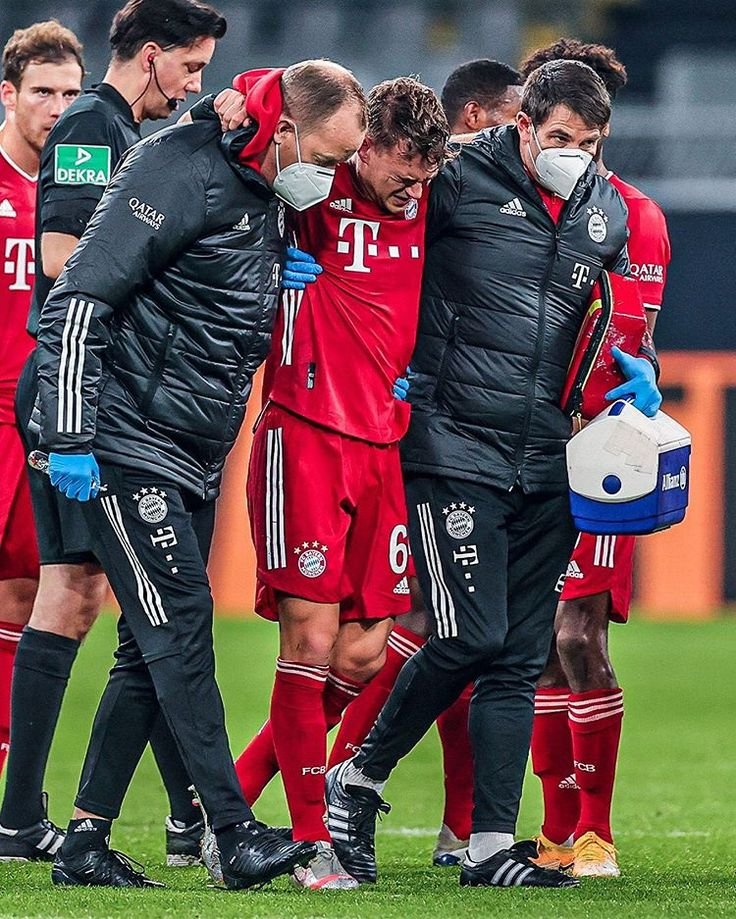High school sports are a source of community pride, teamwork, and personal growth for many student-athletes. However, the recent injury involving a football player from Bremen High School highlights the challenges and risks that accompany competitive sports. Injuries are not merely physical setbacks—they affect the well-being of students, their families, and their teams. This blog takes a closer look at the Bremen High School injury case while addressing the broader implications of sports injuries in high school athletics, strategies for prevention, and what the future holds for player safety.
Understanding the Impact of Sports Injuries
Physical Toll
For student-athletes, injuries can have far-reaching consequences beyond the game itself. Sprains, concussions, fractures, and ACL injuries are just a few examples of common occurrences in contact sports like football. Such injuries can sideline a player for weeks, months, or even permanently. Immediate medical care is necessary, but the long-term physical rehabilitation process can be grueling. For young athletes, this often requires balancing physical therapy sessions with schoolwork and other activities.
Emotional Impact
Sports injuries don’t just hurt the body—they also weigh heavily on the mind. Student-athletes may face feelings of frustration, disappointment, and even depression as they cope with the loss of mobility, time on the field, or dreams of athletic scholarships. According to research from the National Athletic Trainers’ Association (NATA), injured athletes are at an increased risk for mental health challenges, including anxiety and depression. A proper support system from coaches, teammates, and family is vital to navigating these challenges.
Financial Burden
The cost of treating sports injuries can quickly add up. Emergency room visits, surgeries, physical therapy, or specialized equipment can become a financial strain for families. Unfortunately, not every high school or family is equipped with health insurance or resources to cover these expenses, leaving some student-athletes at risk of delaying or foregoing critical care.
Prevention is Key
Reducing the occurrence of injuries starts with proactive strategies. High schools and athletic programs play a pivotal role in ensuring their athletes are as safe as possible when stepping onto the field.
Strength and Conditioning
Building strength, flexibility, and proper conditioning can go a long way in preventing injuries. Sports programs should incorporate regular strength training sessions that focus on the key muscle groups used in football. Additionally, warm-up routines and cool-down exercises, including stretching, should always be part of practice schedules.
Proper Equipment
Wearing the right gear is non-negotiable. Helmets, pads, and cleats must meet safety standards and fit athletes correctly. Schools should regularly inspect equipment to ensure it remains in good condition. Though it’s an investment, safe gear can significantly reduce the risk of injury.
Educating Players
Teaching athletes proper techniques for tackling, landing, and movement is essential. Improper form contributes to many avoidable injuries in sports. Educating players about the importance of communicating discomfort or potential issues can also prevent injuries from worsening.
Monitoring Fatigue
Fatigue increases the likelihood of injury, as tired muscles and minds are more prone to mistakes. Coaches should be vigilant in monitoring their players for signs of overexertion. Adequate rest periods during practices and games make a considerable difference.
The Role of Coaches and Parents
Both coaches and parents hold immense influence over the athletic experience and overall safety of student-athletes.
Coaches as Safety Advocates
Coaches are often the front line of defense when it comes to injury prevention. Apart from training athletes, they must advocate for proper safety protocols during practices and games. This includes enforcing breaks, rotations, and hydration while monitoring players for signs of injury or discomfort. Additionally, coaches should be well-versed in recognizing the symptoms of serious conditions like concussions and ensuring injured players receive the medical attention they need before returning to the field.
Parents as Partners
Parents play an equally crucial role. They should encourage their children to speak up if they experience any discomfort or suspect an injury. It’s also important for parents to educate themselves about the demands of their child’s sport and stay involved in discussions regarding safety policies and procedures in their school’s athletic program. Open communication between parents, athletes, and coaches fosters a safe environment where injuries are taken seriously.
The Future of High School Sports Safety
Advancements in Technology
Technology is reshaping athlete safety. Innovations such as smart helmets equipped with sensors can detect and measure head impacts in real-time, alerting coaches to potential concussions. Programs like this aim to prevent long-term brain injuries. Additionally, wearable fitness trackers can monitor an athlete’s stress levels, heart rate, and fatigue to optimize performance and minimize risk.
Enhanced Training for Coaches and Staff
Certifications in first aid, CPR, and injury prevention programs for coaches and athletic trainers are becoming increasingly common. Organizations like NATA and the National Federation of State High School Associations (NFHS) offer training programs tailored to high school athletics. Ensuring that every staff member is well-trained in injury assessment and emergency response is a priority for many schools.
Policy Updates
Stricter safety regulations are being introduced at both state and national levels to make high school football a safer sport. This includes limiting full-contact practices, mandating concussion protocols, and ensuring access to medical professionals during games.
Taking Action Together
The recent injury at Bremen High School reminds us that while sports foster teamwork, resilience, and passion, safety must always come first. Whether you’re a coach, parent, or player, collaborating on preventative measures and supporting athletes’ holistic well-being is critical. Advancements in technology and evolving policies promise a safer future for high school sports, but we all have a role in making every game safer.
What’s something you’d like to see implemented in high school sports for better safety? Share your thoughts in the comments, and if you found this post helpful, pass it along to a coach, parent, or teammate—it’s a conversation worth having.

